The 3 Accessories You NEED for the Gym
Gym accessories are endless. You could literally spend hundreds—if not, thousands of dollars on various gym accessories. But which ones do you actually need? The truth is that not all gym accessories are necessary. In fact, what you “need” may depend on your goals and capabilities.
Yet, goals aside, we’ve narrowed down the top three gym accessories below. These pieces of equipment make lifting more fun and more comfortable—and even help you get closer to whatever goals you might have. Whether you want to gain muscle, increase strength, or improve your form, these accessories are must-haves. So, let’s take a look. What should you include in your gym bag?
The Top 3 Gym Accessories
No, you don’t need various resistance bands or compression garments to get toned and fit. It’s no surprise that for most gym-goers, these accessories merely take up precious cargo space in our gym bags (and lockers!).
So, what should you actually consider? What accessories will you actually use? Here are our top three.
Accessory #1: A Good PAir of Shoes
Arguably, your choice of workout shoes are highly debated among the fitness community. If you look around in most gyms, you probably see everyone wearing different brands that they are loyal to, whether it's Reebok, Nike, No Bull, On Cloud, Converse etc. So what should you look for in a workout shoe?
Depending on your workout style, the type of shoe you choose will vary.
Here are a few things to consider when looking for a workout shoe:
- Will is be good for my workout style? Running, lifting, CrossFit, HIIT, etc.
- If you mostly lift you'll want a stable and flat shoe.
- If you are a runner you'll want something with soft foot strike and joint flexion.
- If you are more into HIIT or CrossFit you'll need a more versatile shoe for the varying movements you see everyday.
- Are they comfortable? What works for a friend may not be the best for you so make sure to try-on before you buy or listen to reccomendations based off of what you are looking for.
Basically, once you start looking into the different types of shoes you'll soon fine a brand you love wearing!
Accessory #2: Lifting Belt
Got back pain? Worried about lower back pain? A lifting belt might mean the difference between a back injury and time spent out of the gym versus not.
Lifting belts help reduce your chances of back pain, as well as help you properly engage your abdominal and back muscles. This is particularly useful when performing lifts like the squat, where back pain injuries are common.
So, how does this accessory work? Basically, a lifting belt increases intra-abdominal pressure. This supports the spine, reducing stress and helping to stabilize it. In other words, it’s not necessarily the belt that’s protecting your spine. Instead, it’s what the belt is doing to your body that helps your spine.
On top of this, lifting belts reduce excessive spinal flexion or extension, such as during the deadlift exercise. This forces you to use the correct muscles and assume the correct form during each exercise. In turn, you can make progress toward your goals that much faster.
Accessory #3: Lifting Straps
If you’re new to the gym, lifting straps might not be necessary quite yet. However, as you progress, you’ll get to a point where during specific exercises, such as the deadlift, your grip tires out before your target muscles (the hamstrings) do.
This is where lifting straps come in!
These straps wrap around the bar and your hand, doing some of the grip work for you. This means you can load your hamstrings at their maximal capacity and continue implementing progressive overload in your weightlifting regime.
At the same time, you always want to be working on your grip. This may mean adding grip exercises into your routine as well. But don’t expect your grip to always keep up with bigger muscle groups. And don’t let anyone try to tell you it’s “cheating” by using lifting straps. In reality, it’s just giving your body a little helping hand so you can work each muscle group to the extent they need to be worked to continue gaining strength and muscle.
What Other Gym Accessories Should You Consider?
Again, this really depends on your goals!
It’s further important to note that the above didn’t include the basics (which should go without saying!). For instance, you should always have a good pair of lifting shoes, as well as proper attire for moving around in the gym. Additionally, you may want a water bottle (or two!) to stay hydrated and fueled throughout your workout.
Don’t Forget Consistency Matters Too!
At the end of the day, you still have to put in the effort and show up to achieve your goals. The above gym accessories can help you get there. But don’t fool yourself into thinking they are the end-all, be-all.
Always watch your form and ensure you’re using progressive overload concepts to continue toward your goals. Then, use the accessories outlined above to assist you in doing so!
OTHER PRODUCTS IN THIS POST
THE OFFICIAL BELT OF USA WEIGHTLIFTING
Grab the belt worn by weighlifting Olympians: CJ Cummings, Mattie Rogers, and Jourdan Delacruz
Read More About One of the Gym Bag Essentials: Belts
Read: Our Belts
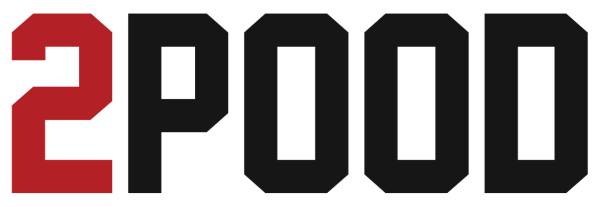
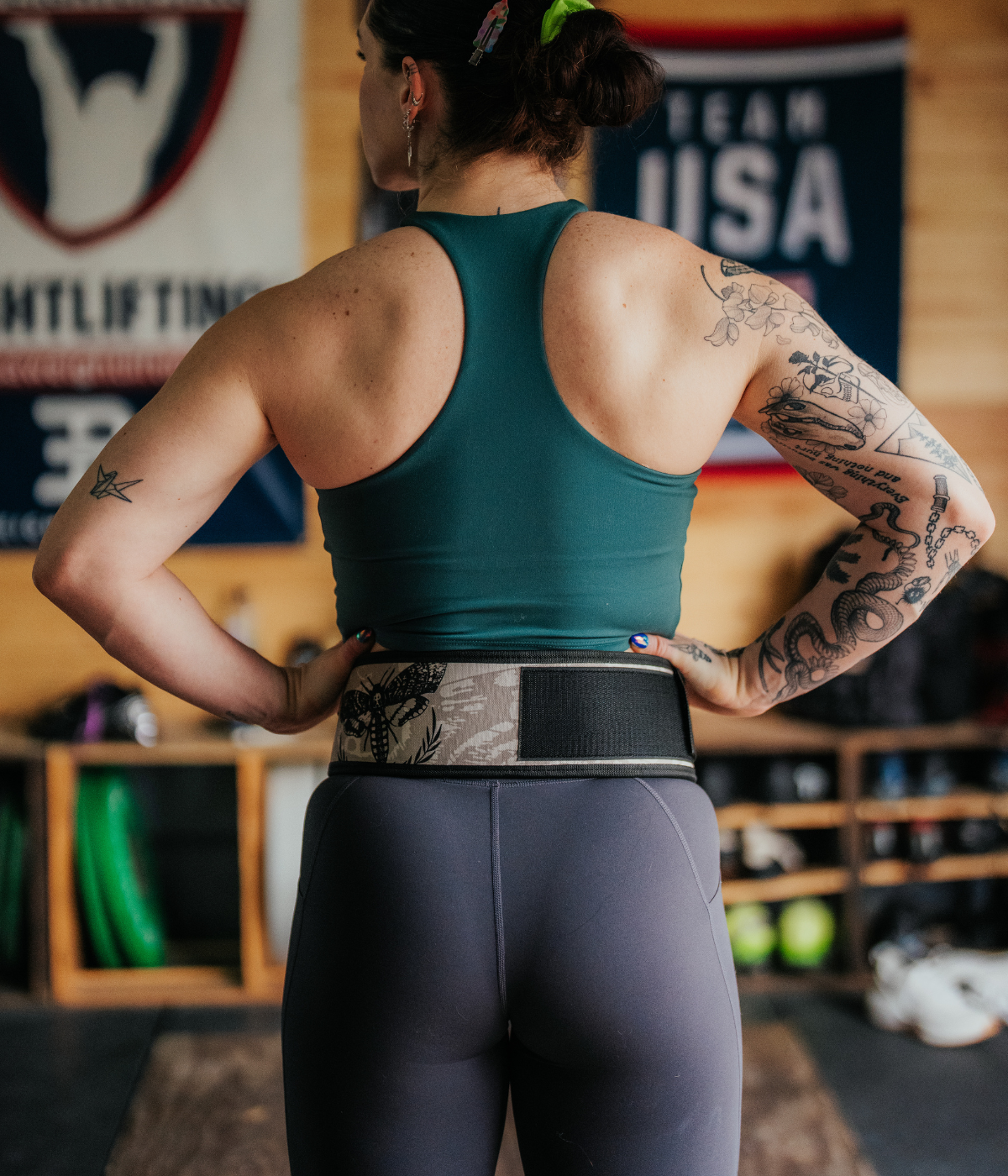
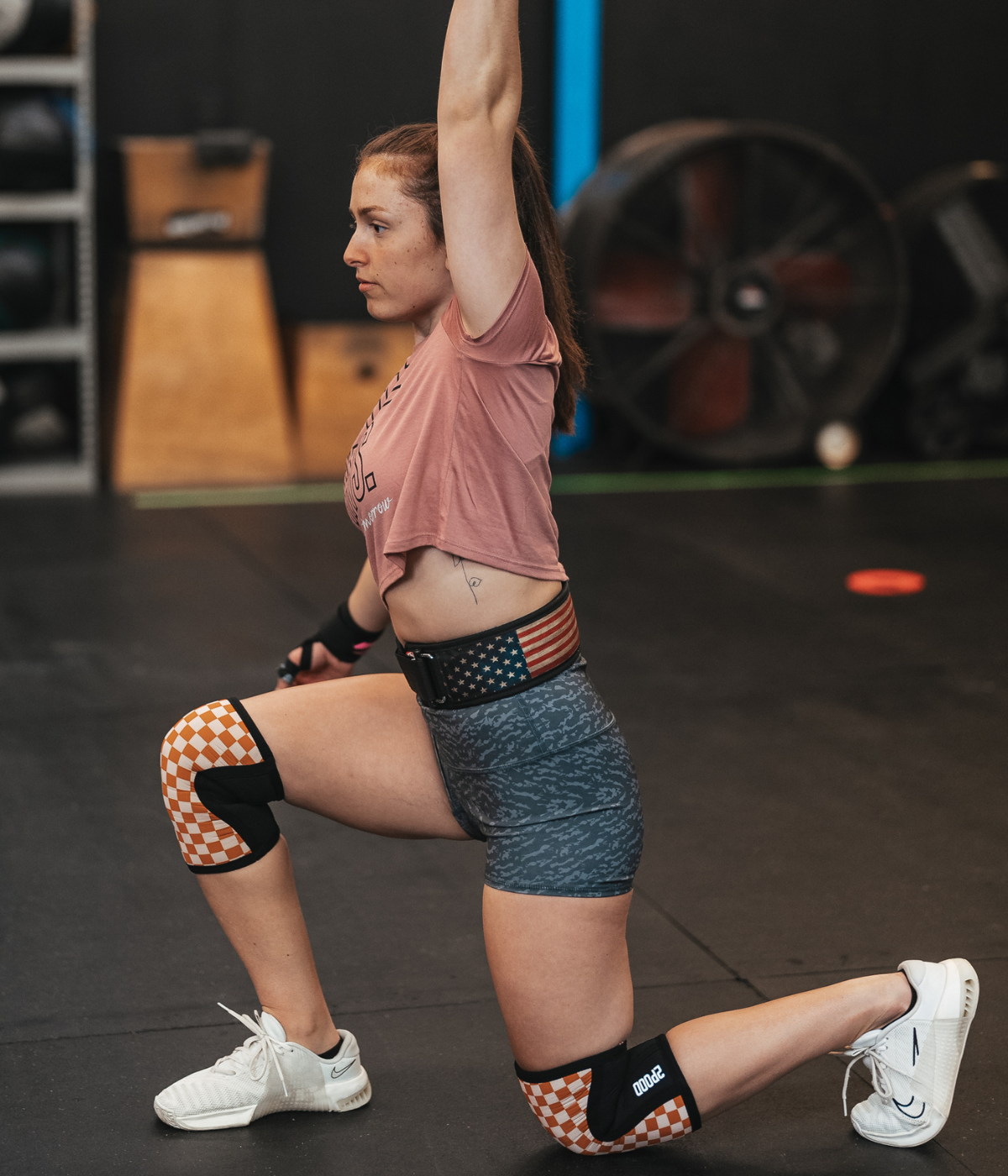
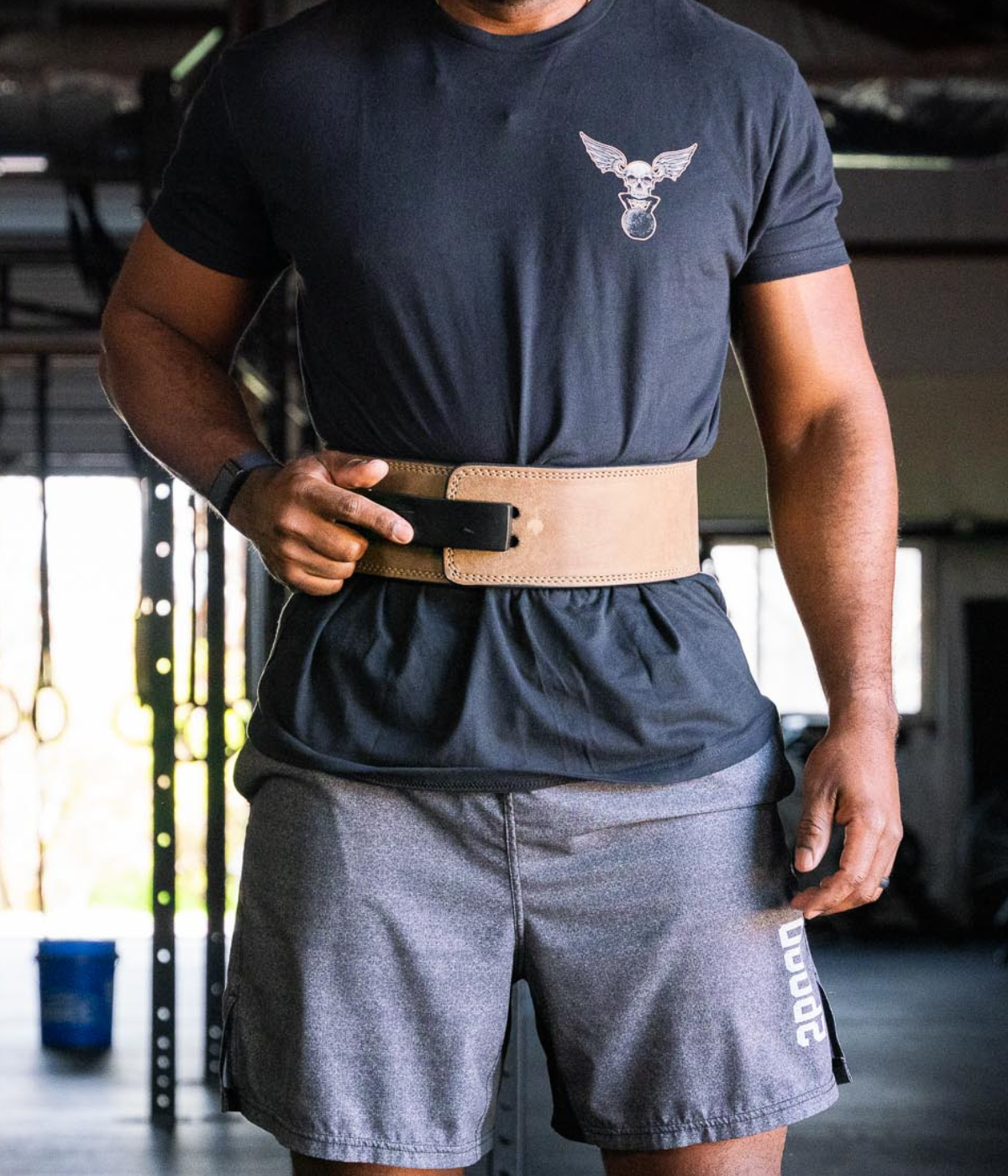
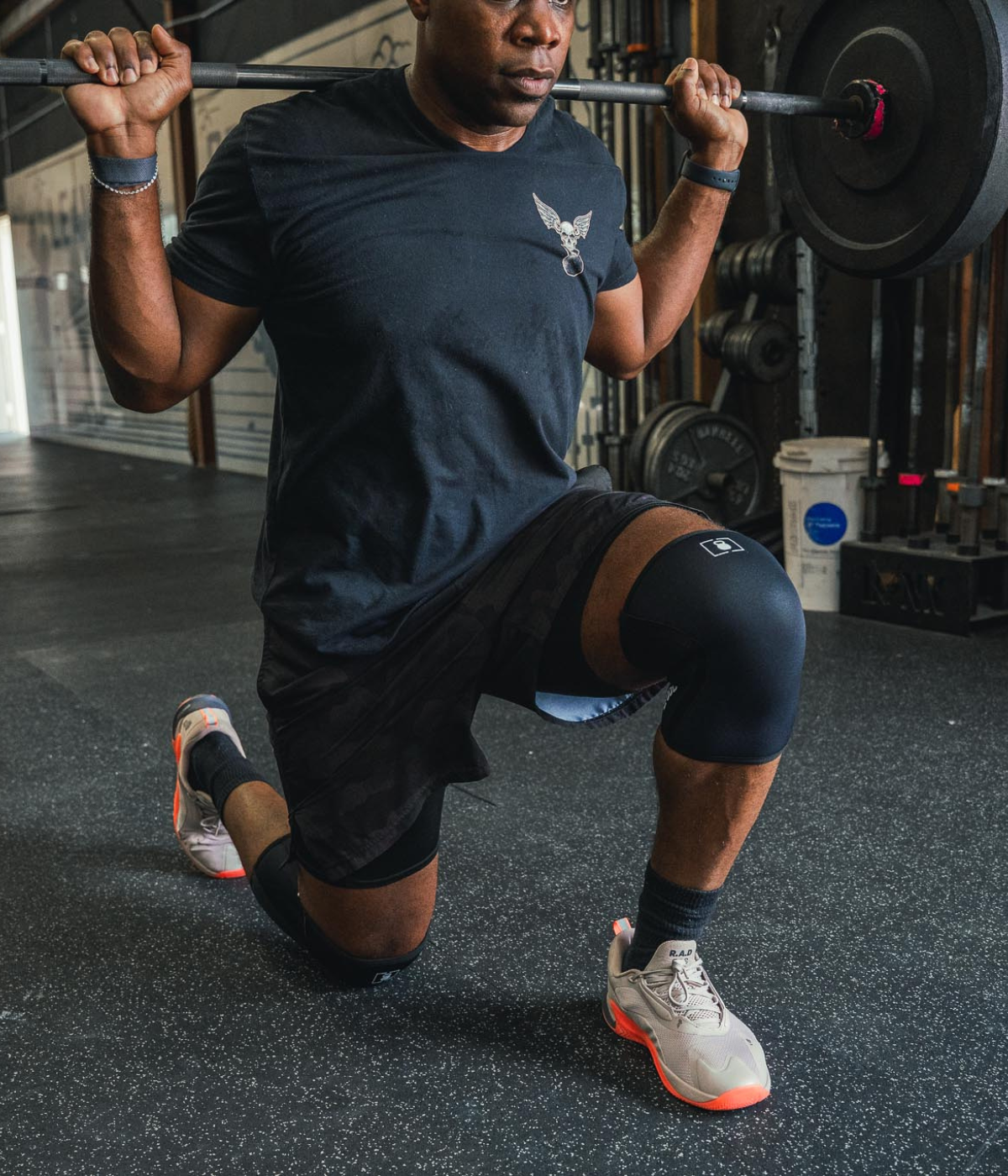
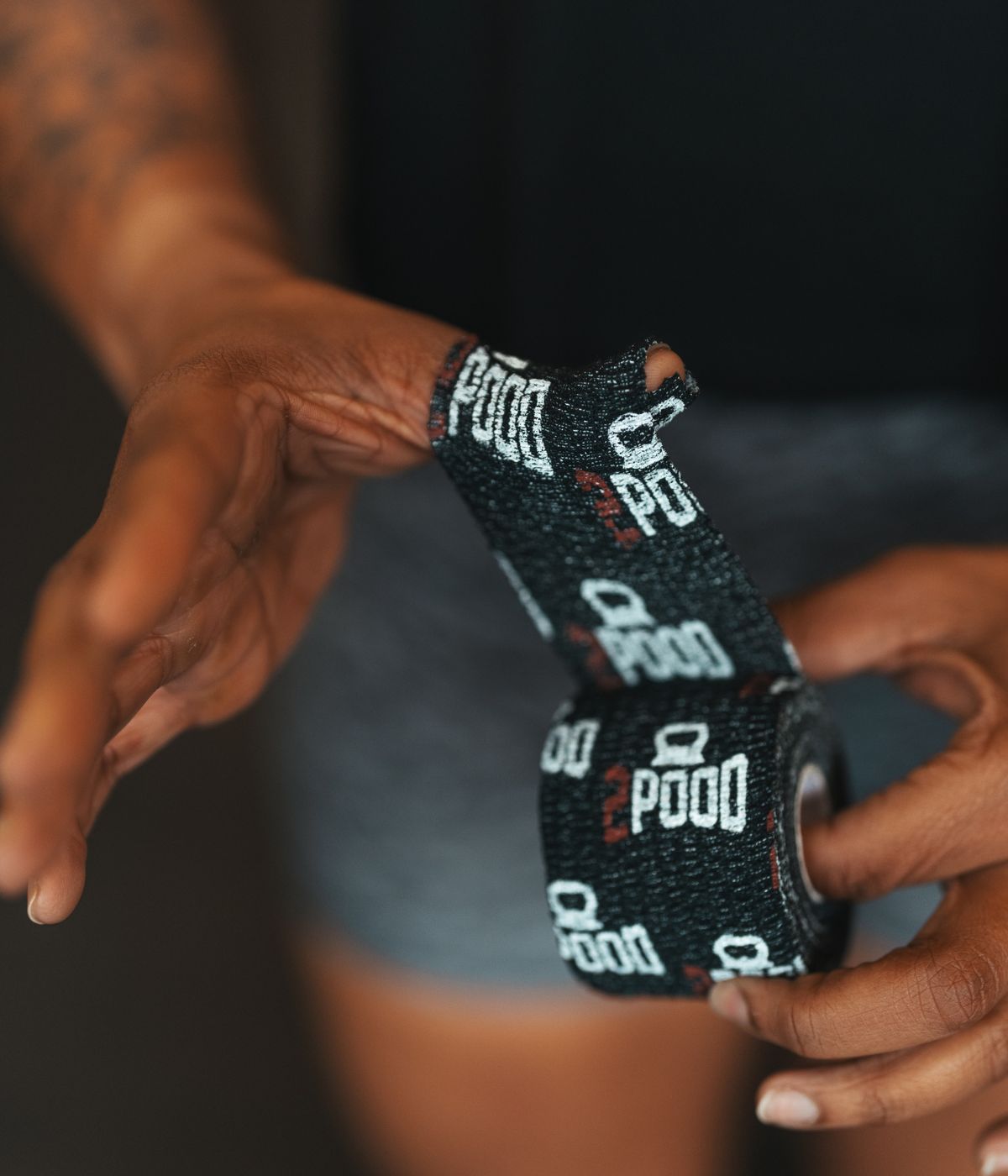
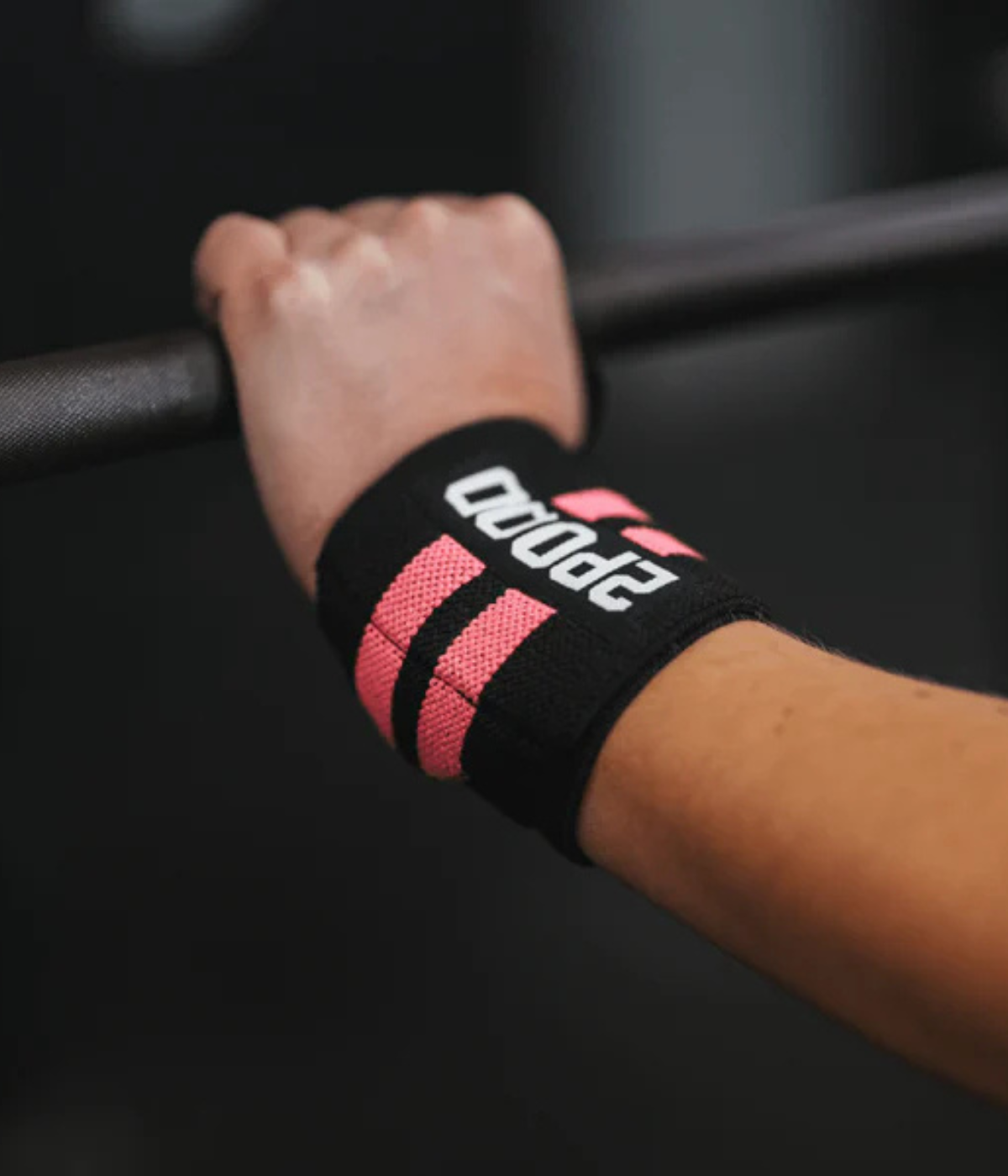
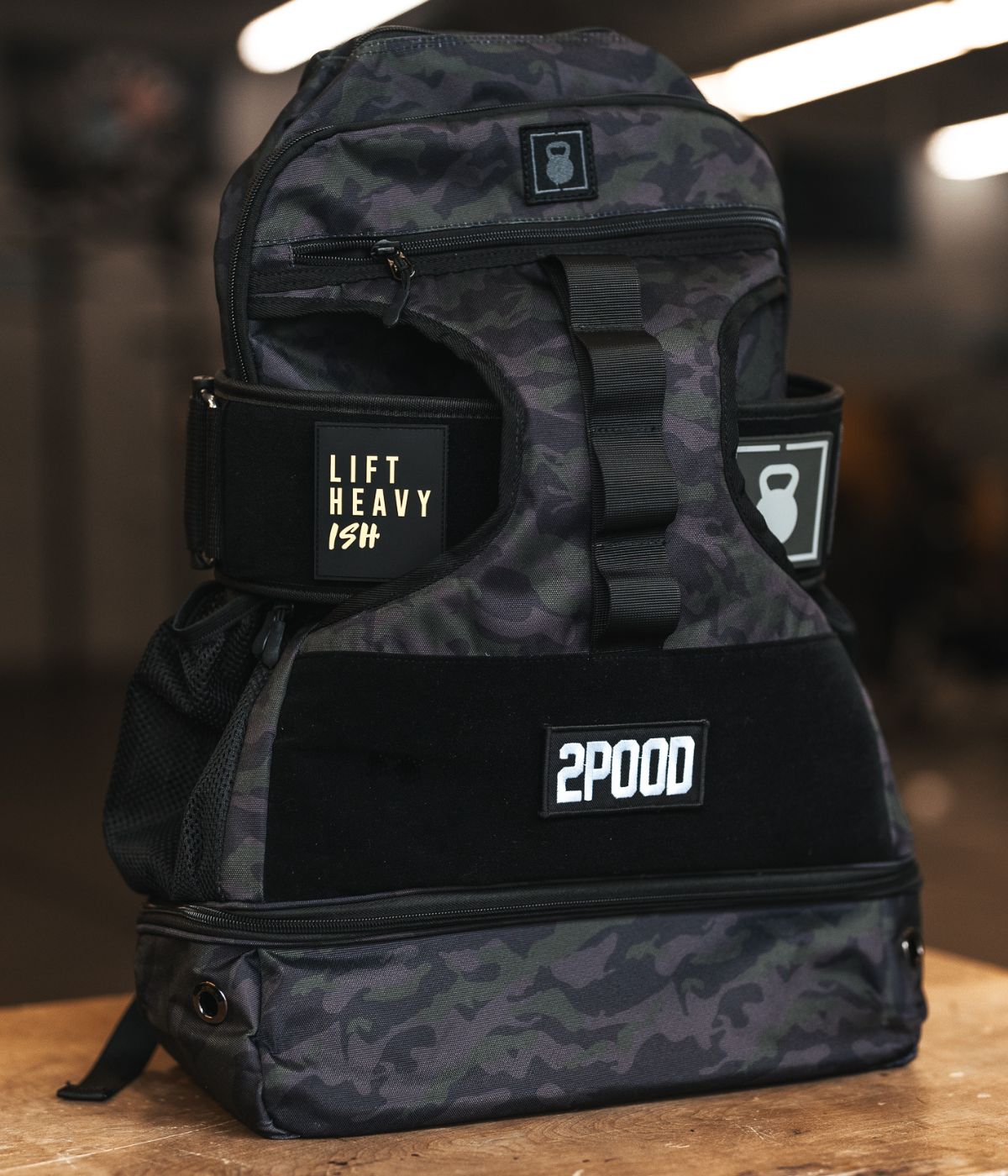
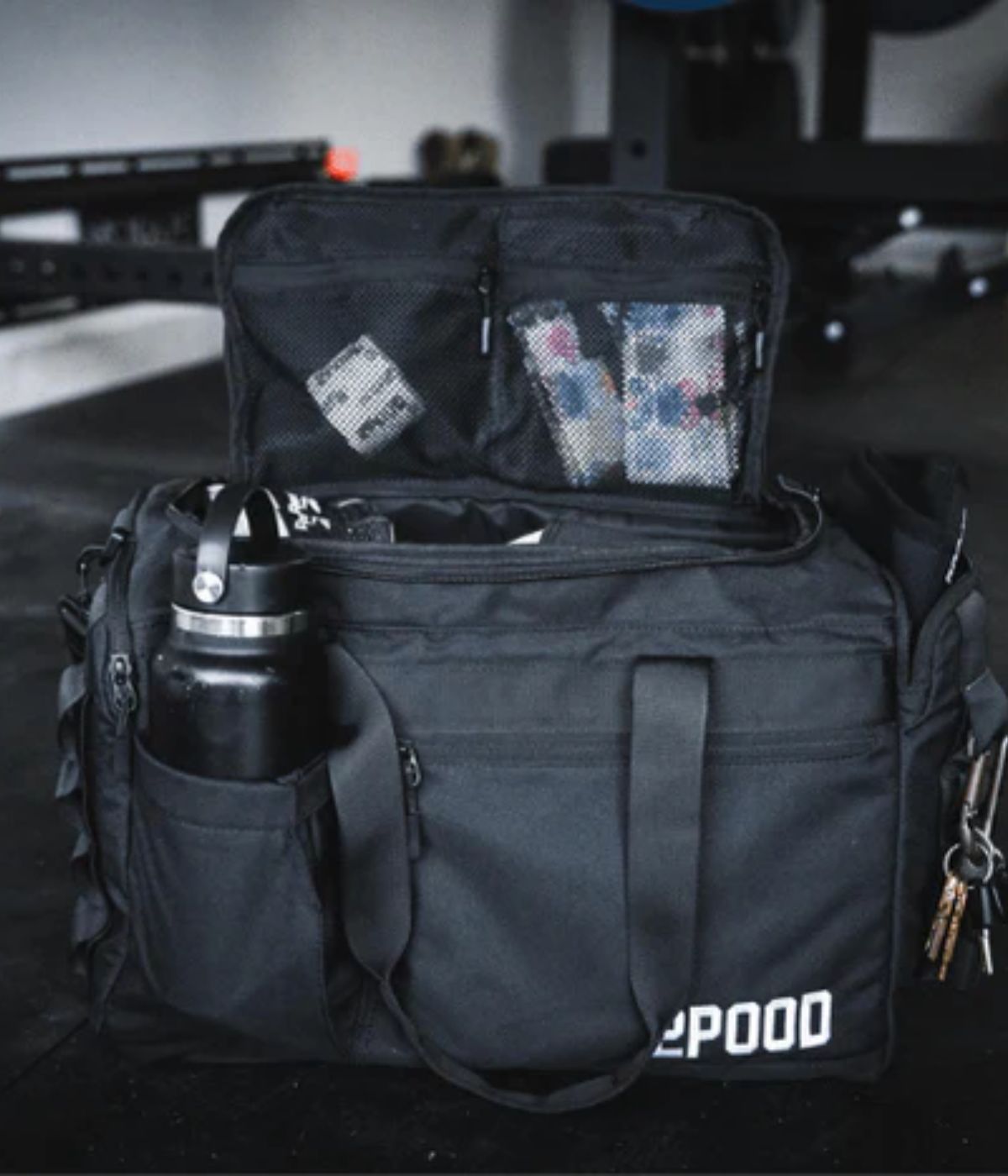
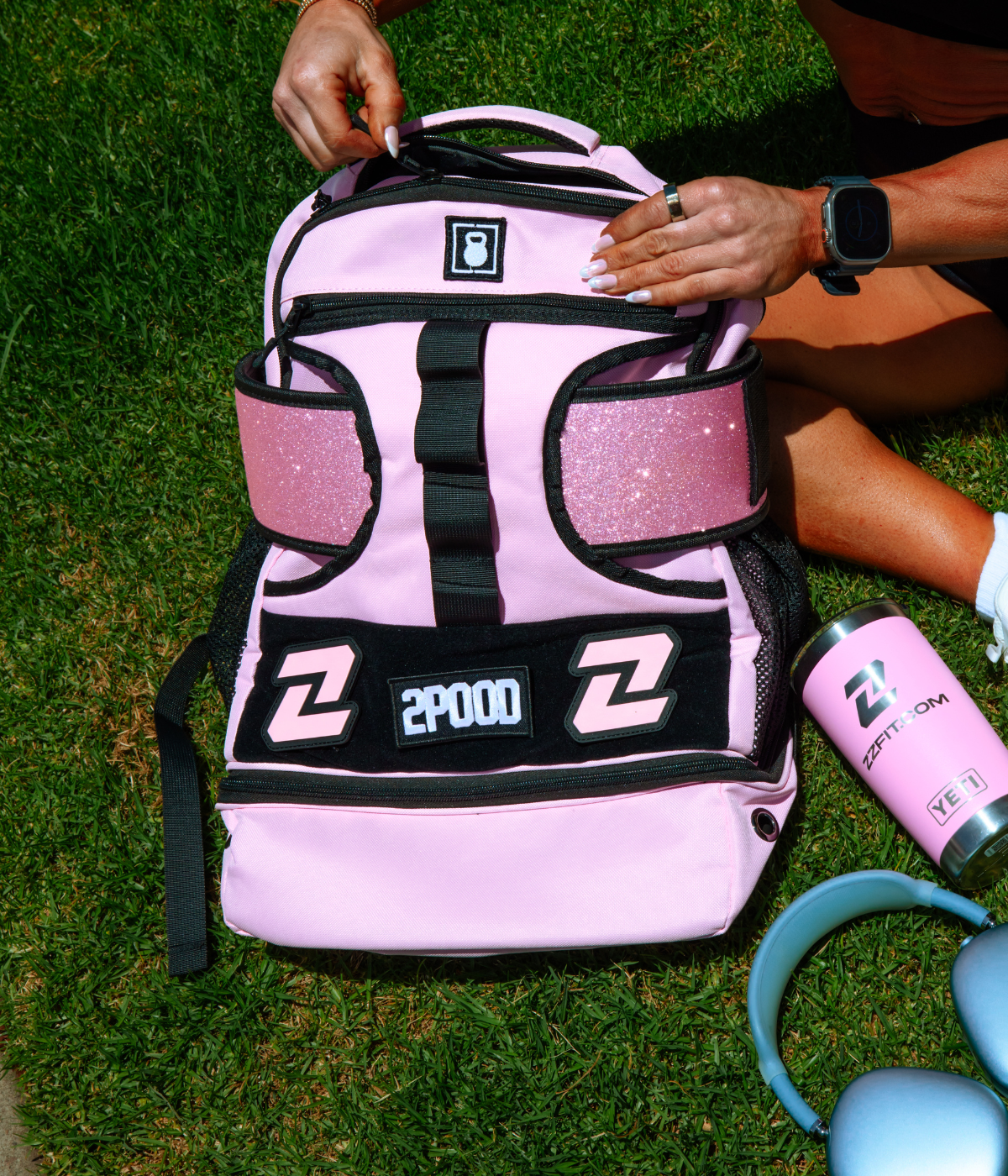
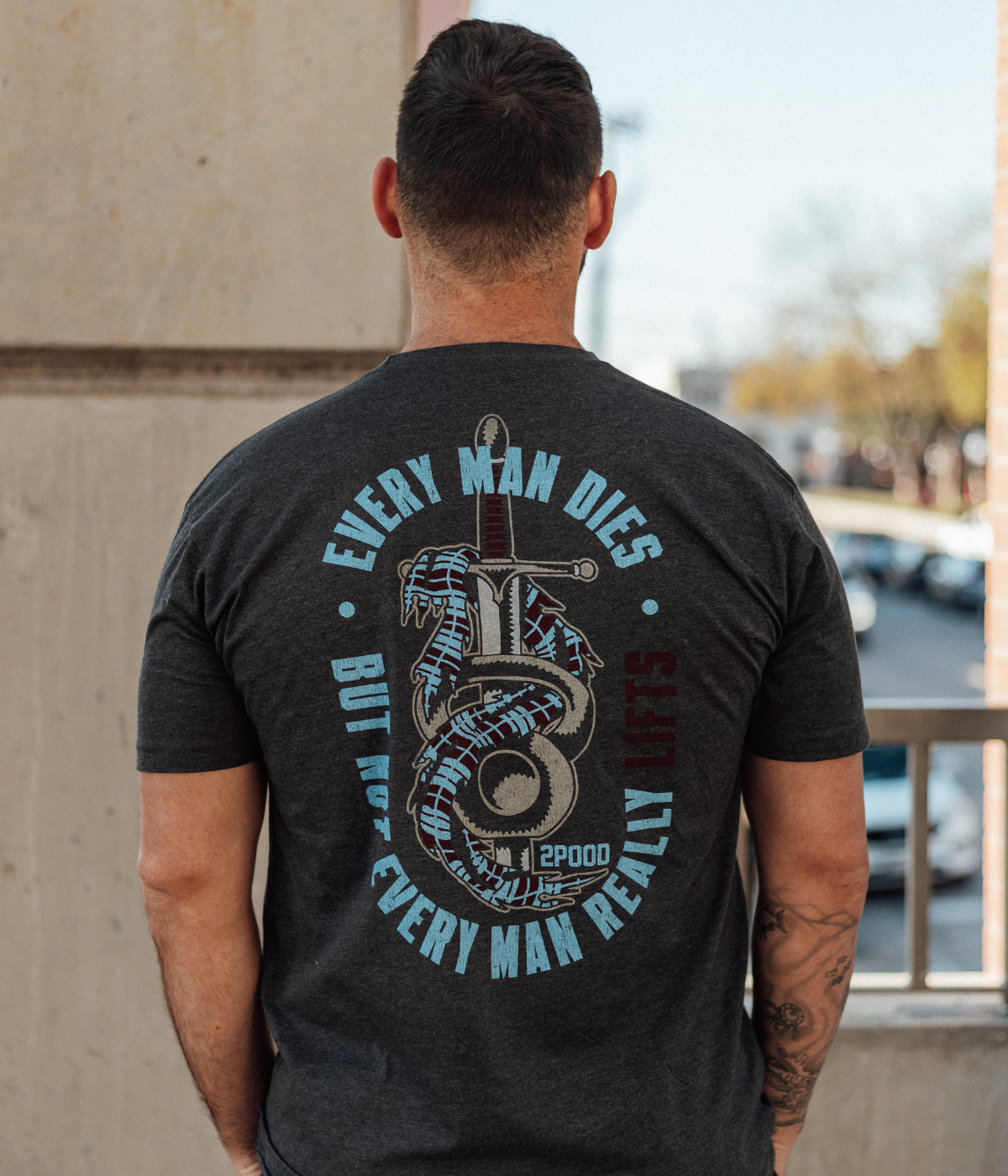
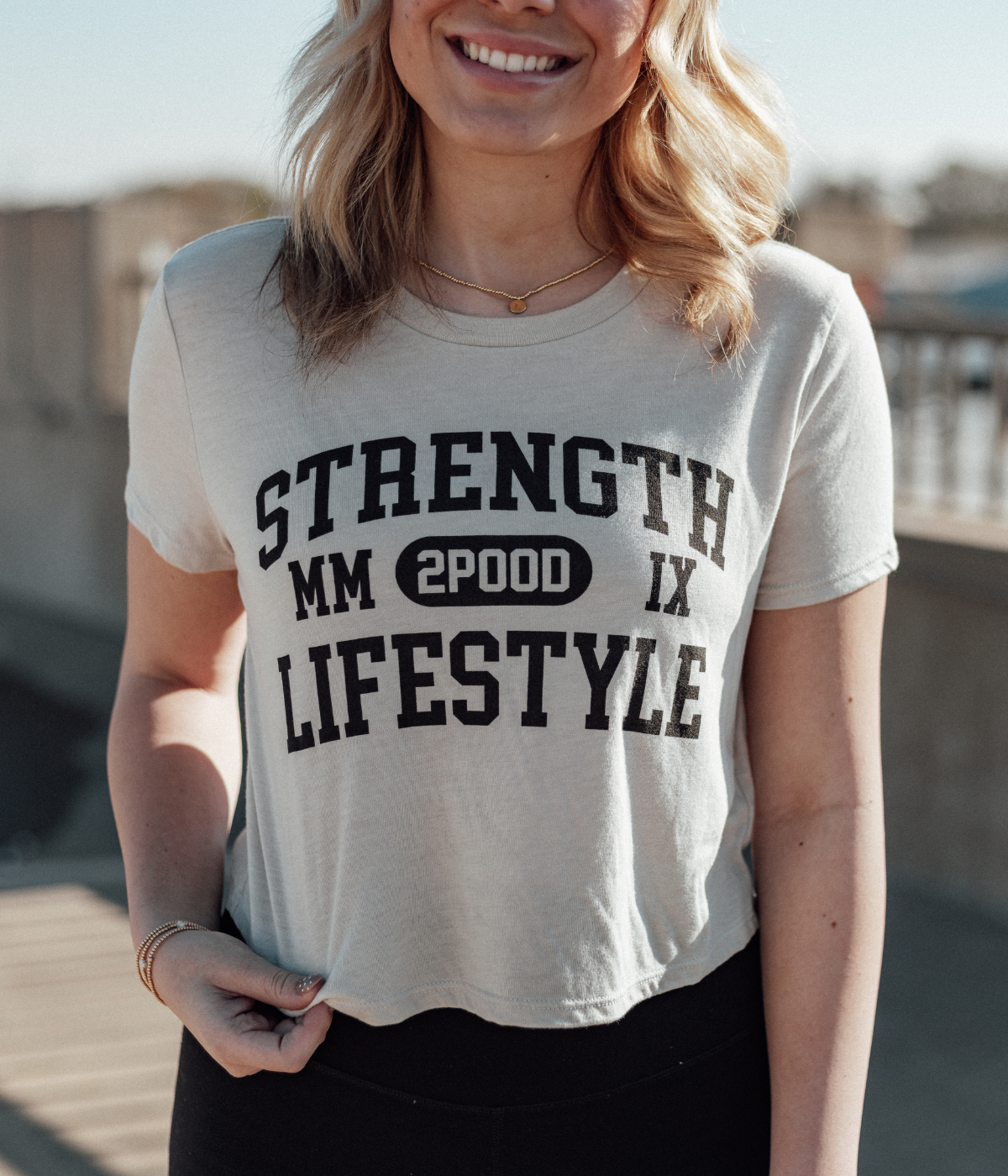
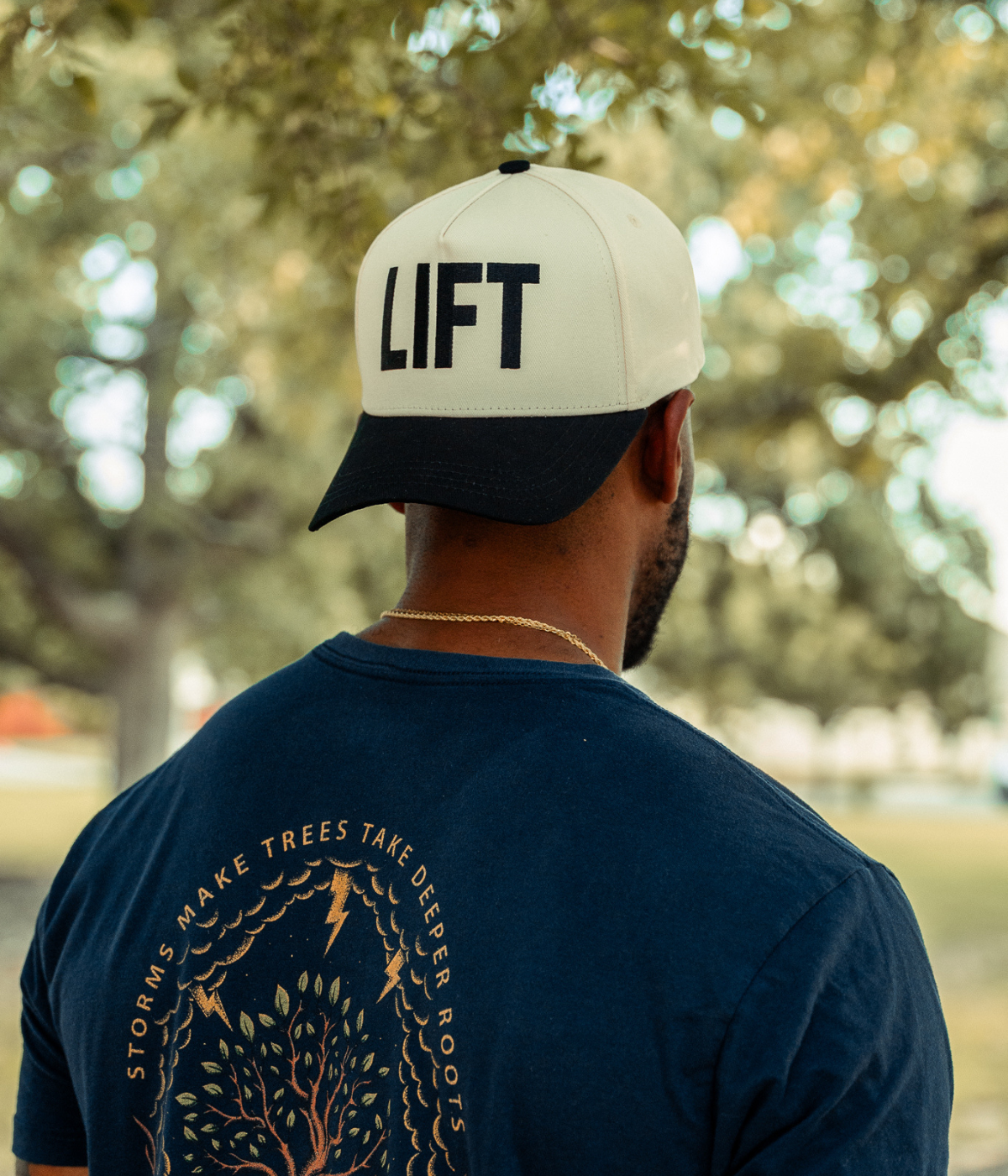
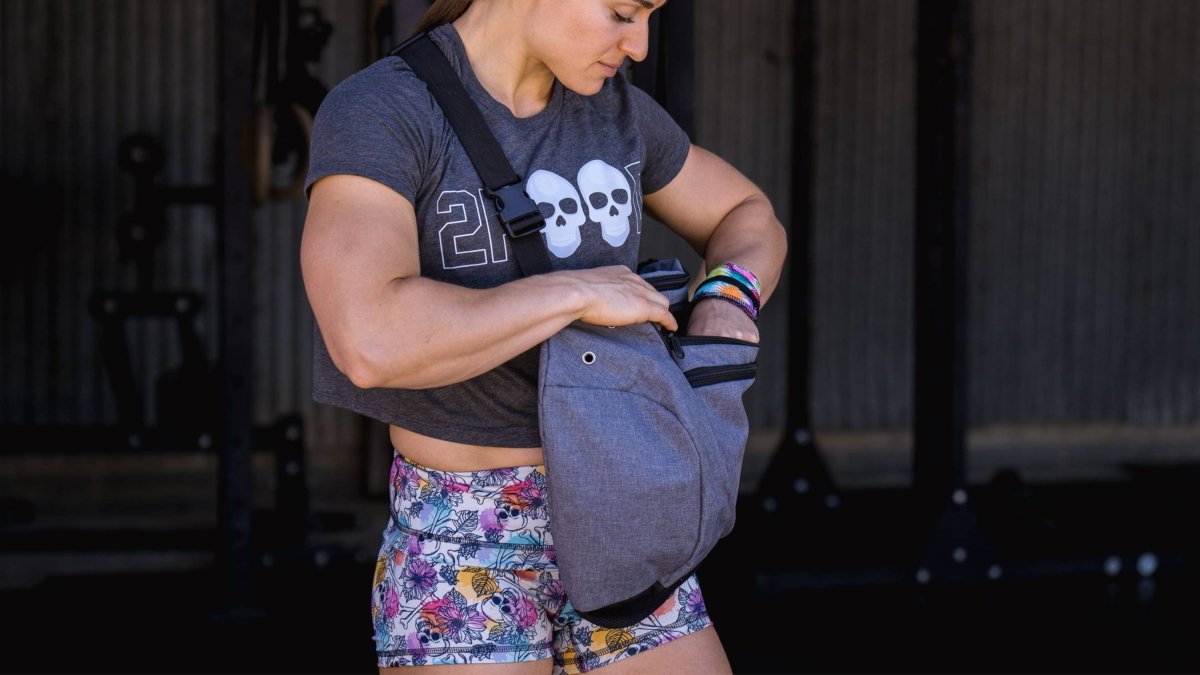
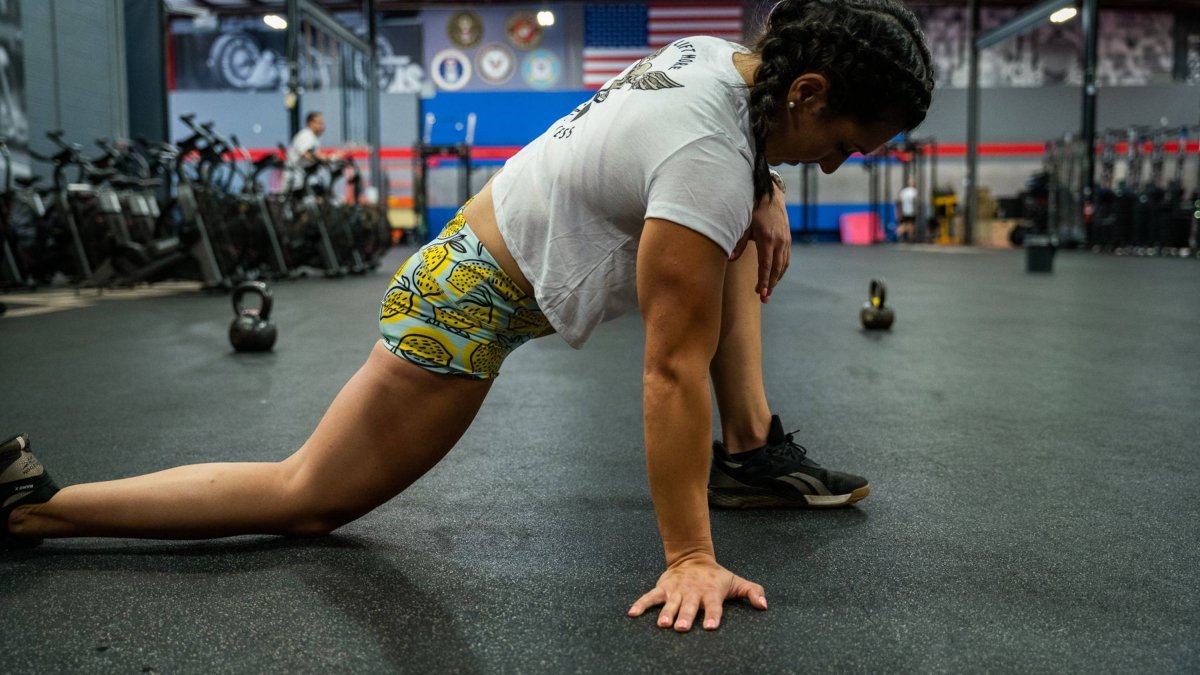
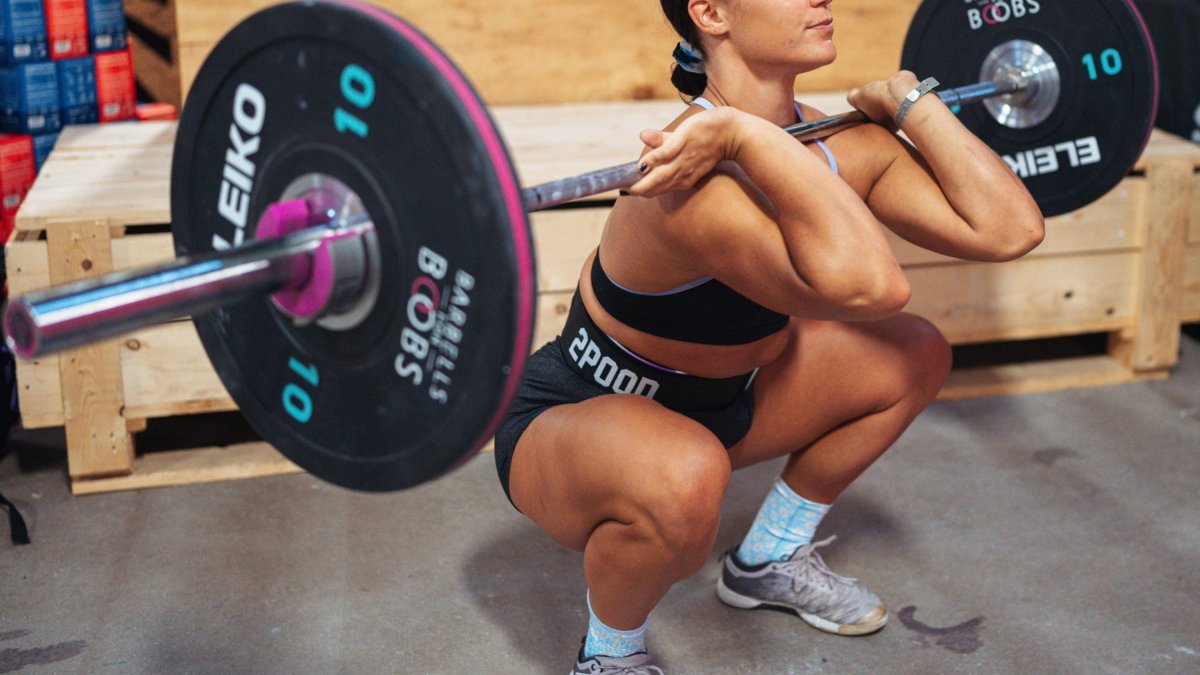
Leave a comment
All comments are moderated before being published.
This site is protected by hCaptcha and the hCaptcha Privacy Policy and Terms of Service apply.